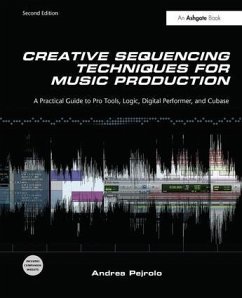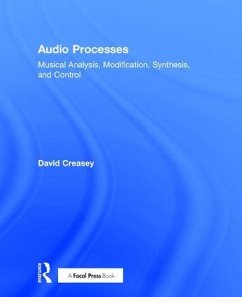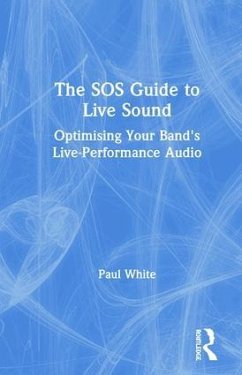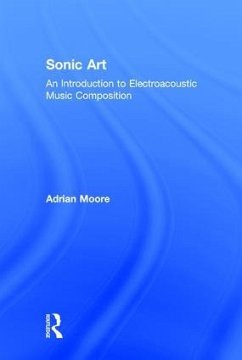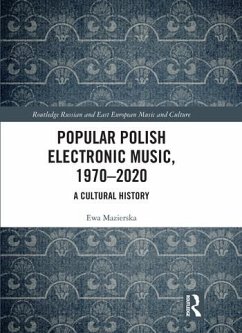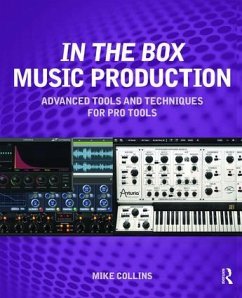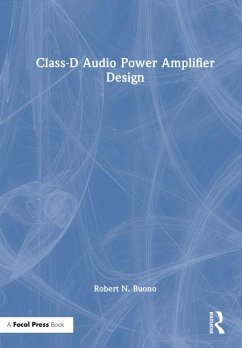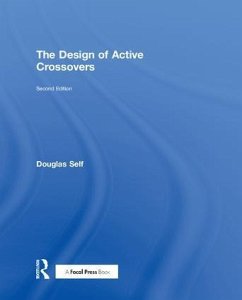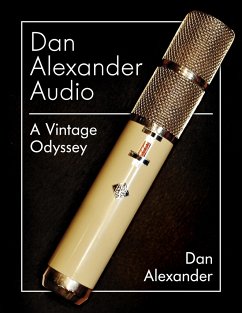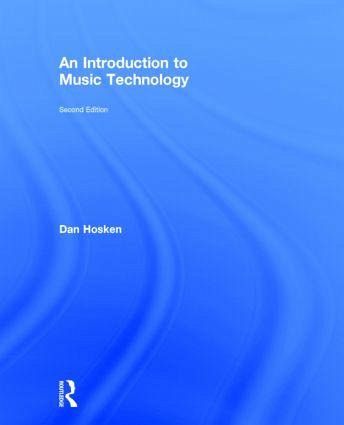
An Introduction to Music Technology
Versandkostenfrei!
Versandfertig in über 4 Wochen
194,99 €
inkl. MwSt.
Weitere Ausgaben:

PAYBACK Punkte
97 °P sammeln!
Written for both majors and non-majors, this textbook provides a clear overview of essential topics in music technology. It introduces fundamental principles and practices so students can learn to work with a wide range of software programs, adapt to new music technologies, and apply music technology in their performance, composition, teaching, and analysis. The new edition is fully updated to cover new technologies that have emerged since the first edition, including iOS and mobile platforms, online notation software, alternate controllers, and Open Sound Control. The companion website includ...
Written for both majors and non-majors, this textbook provides a clear overview of essential topics in music technology. It introduces fundamental principles and practices so students can learn to work with a wide range of software programs, adapt to new music technologies, and apply music technology in their performance, composition, teaching, and analysis. The new edition is fully updated to cover new technologies that have emerged since the first edition, including iOS and mobile platforms, online notation software, alternate controllers, and Open Sound Control. The companion website includes tutorials, links to further resources, and additional audio and video resources.




